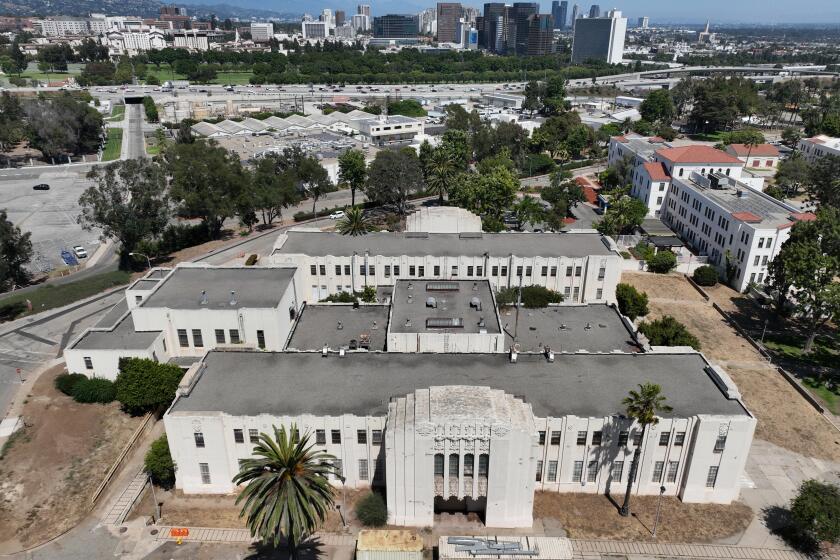Charter Schools Low on Resources, Researchers Find
Twelve years after charter schools first appeared in the United States as innovative substitutes for traditional public education, those campuses on average have fewer credentialed teachers than regular public schools, pay their instructors less, have larger classes and receive smaller amounts of federal funding, according to a UC Berkeley and Stanford study to be released today.
The researchers, while not presenting evidence on student achievement, warn that those disparaties may hinder academic performance at the nation’s more than 2,700 charter schools, particularly those that serve mainly low-income and minority children.
“I think the results wave a bright flag: Unless we provide more equitable resources to charter schools, we’re setting up this grand experiment to fail,” said Bruce Fuller, a UC Berkeley education professor who led the study by Policy Analysis for California Education. The think tank at UC Berkeley and Stanford analyzed data on 870 charter schools collected by the federal government in the 1999-2000 school year.
Charter school advocates said the study broke little new ground and relied on dated information that bears little resemblance to the current state of charter schools.
“You’re talking about the charter school stone age,” said Gary Larson, executive director of the California Network of Educational Charters, which represents about 70% of the state’s 436 charter schools. “It’s hardly newsworthy.”
Charter schools, with about 700,000 students nationwide, get public funding but are freed from most state and local regulations and usually operate independently of school districts.
According to the study, 48% of teachers within the average charter school across the nation are uncredentialed, compared with 9% of teachers in traditional public schools. In California, 32% of charter teachers are uncredentialed, more than double the state’s standard public-school rate, the study found. California has 436 charter schools, serving more than 160,000 students.
Many experts view highly qualified teachers as the single most important factor in raising student achievement.
The researchers also found that California charter schools pay their teachers, on average, $38,000 a year, far below the state public school average of $52,000.
And charter schools draw far less federal money for their needy schoolchildren. While 43% of charter school students qualify for subsidized lunches, the federal marker of poverty, only about 5% of them benefit from federal assistance meant for low-income students.
While insisting the statistics are out of date and have no bearing on student performance, Larson and other charter advocates said the Berkeley-Stanford study underscored their persistent struggle for adequate funding and against financial and political obstacles that regular schools do not encounter.
Most charter schools must pay their own transportation and facilities costs without the economies of scale that big schools districts have. The advocates also attributed the paucity of resources to what they called hostile school district bureaucracies, which they contend are supposed to funnel federal dollars to charter schools but often don’t give a fair share.
“Charter schools absolutely get fewer resources. That does not suggest that they are doing any less well,” said Jeanne Allen, president of the Center for Education Reform, a national organization that promotes the expansion of charter schools and other forms of school choice.
Allen took issue with the study’s findings on teachers, saying that credentials alone do not add up to quality instruction.
“You can’t take data the way they did and make conclusions about schools,” Allen said. “You have to look at test data, as well as things like attendance, waiting lists and parent satisfaction.”
Other studies that focus more on charter school academic achievement produced no firm conclusions.
One Rand study of several states from 2001 found that charter school students in Arizona seemed to outperform their peers in traditional schools in reading. But charter students in Michigan either showed no difference or lagged behind students in regular schools.
Another soon-to-be published study from Western Michigan University offers similar findings, noting variations in charter school performance among states.
More to Read
Sign up for Essential California
The most important California stories and recommendations in your inbox every morning.
You may occasionally receive promotional content from the Los Angeles Times.










